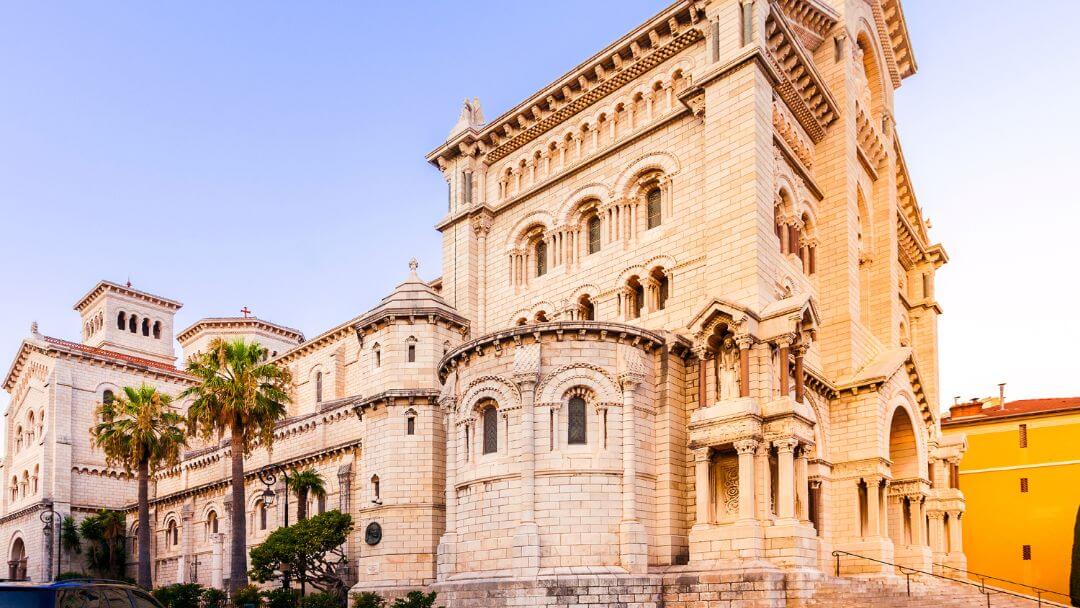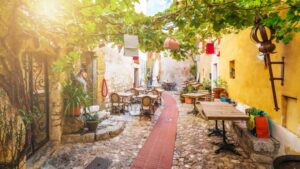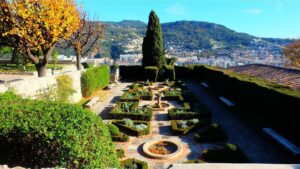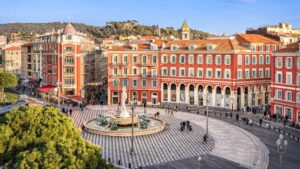Do you dream of treading the ground where history meets luxury? Then head for the Rocher de Monaco, the principality’s historic heart. Here, every stone seems to whisper of centuries-old history, from the first Phocaean trading posts to the splendor of today’s princely family. Follow the Tour Azur guide.
The Rock of Monaco, the historic heart of the Principality
The Rocher de Monaco is, quite literally, a rock. More precisely, it’s a limestone promontory overlooking the Mediterranean, and the historical and political heart of the principality.
It’s also known as “Monaco-Ville“, as it’s the name of the oldest oldest district of the Principality. It is home to a number of remarkable buildings and cultural sites.
💡Did you know? The Principality of Monaco has no capital, although Monaco-Ville is the historical and institutional center. The city and the state are one and the same. In other words, Monaco is a city-state like the Vatican, for example.
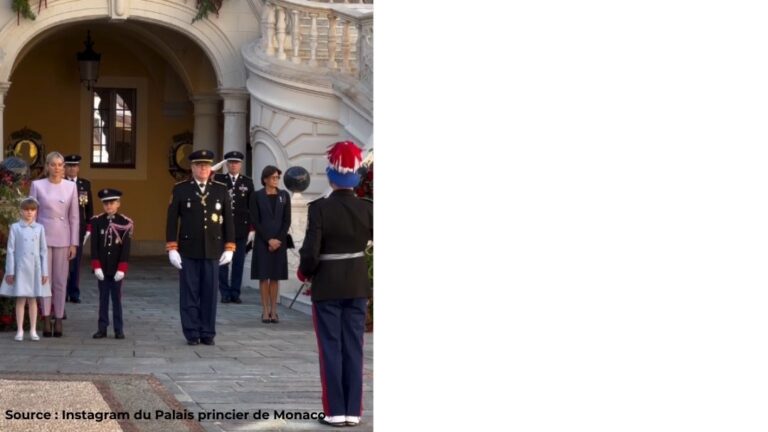
Places to visit on the Rock of Monaco
This enclave concentrates the soul of Monaco through its remarkable monuments and gardens. This natural citadel has preserved its strategic role while developing its tourist appeal. It would be a shame to miss out, especially since Monaco can easily be visited in a day. We recommend four places in particular.
First, the Prince’s Palace, the official residence of the monarchs since the 13th century. The morning changing of the guard is well worth a visit for its unchanging ceremonial. Monaco’s Princely Palace is not open to visitors in winter. The precise dates of the visiting periods change each year. From its terraces, visitors enjoy an exceptional panoramic view of the port, the exotic gardens and Monaco’s modern skyline.
Next, Monaco Cathedral and its Romanesque-Byzantine architecture, where the princes are laid to rest. Its carillon regularly rings out over the city’s rooftops. Visits are free every day between 8.15 a.m. and 6 p.m.
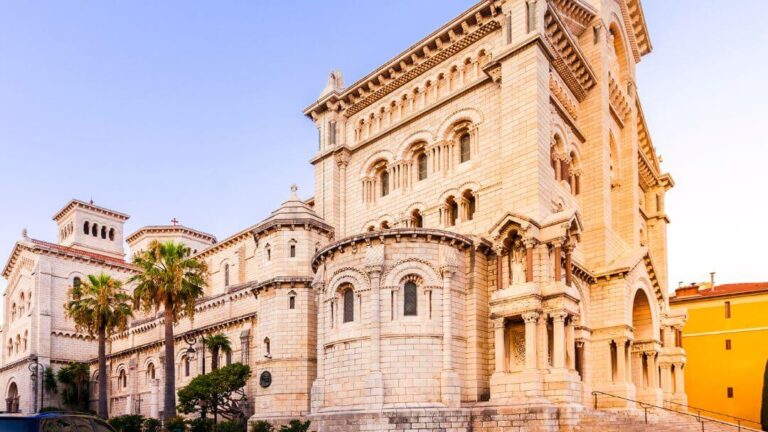
In addition, the Oceanographic Museum impresses with its maritime collections. This temple to the natural sciences offers a breathtaking view of the port from its panoramic terrace. It is open daily and a full-price ticket costs around €19.
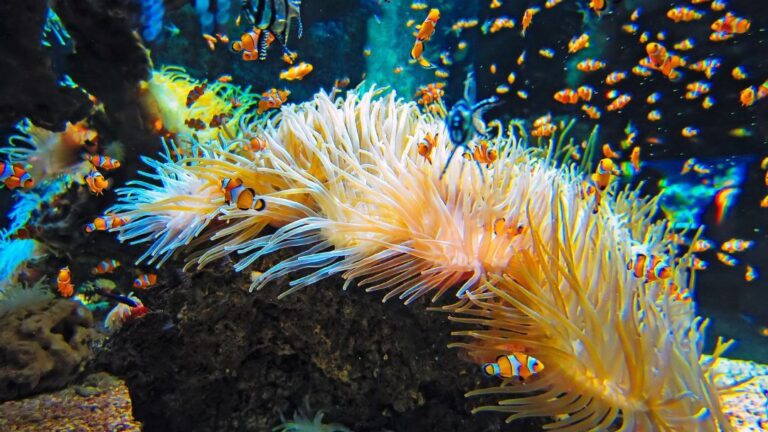
The Jardins Saint-Martin invite you to take a bucolic break between sea and monuments. These public botanical gardens, totally free and open to the public, are also home to several bronze sculptures. They line the entrances to the Oceanographic Museum.
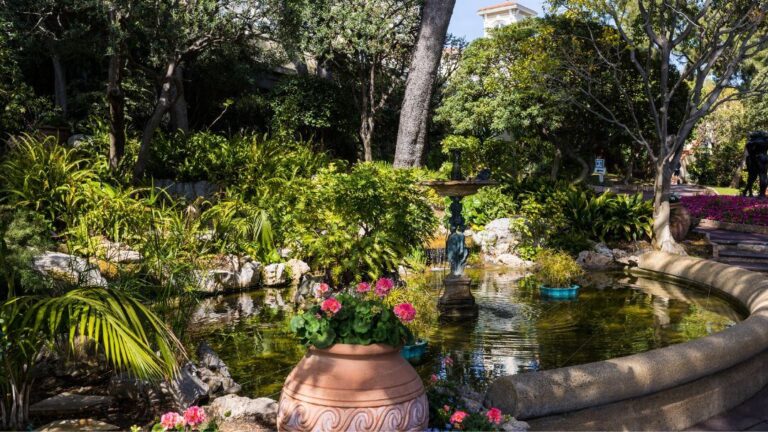
And of course, stroll through the maze of cobbled streets. The shady squares reveal typical restaurants and colorful facades characteristic of the old quarters. The old quarters around the Cathedral have retained their historic charm, while welcoming modern shops and restaurants.
From the Phocaeans to the Grimaldis: 24 centuries of heritage
Traces of Phocaean occupation in the 6th century B.C. suggest that this site served as a stopover for Greek navigators.
In 1297, François Grimaldi seized the Rock with a famous ruse: disguised as a monk, he took control of the medieval fortress. This episode remains a key moment in Monegasque identity, still embodied by the Grimaldi family.
From the 16th to the 19th century, the historic district evolved architecturally. The ramparts were reinforced in the 16th century under Spanish and French influence, while the Prince’s Palace was gradually transformed into a stately residence from the 17th century onwards. The construction of today’s Cathedral, completed in 1903, marks the last major transformation of the Rock as the Principality’s historical and spiritual center.
Institutions and politics: the seat of power at Le Rocher
Monaco-Ville is home to the main institutions embodying princely power and Monegasque administration.
Monaco's Palais Princier, a nerve center
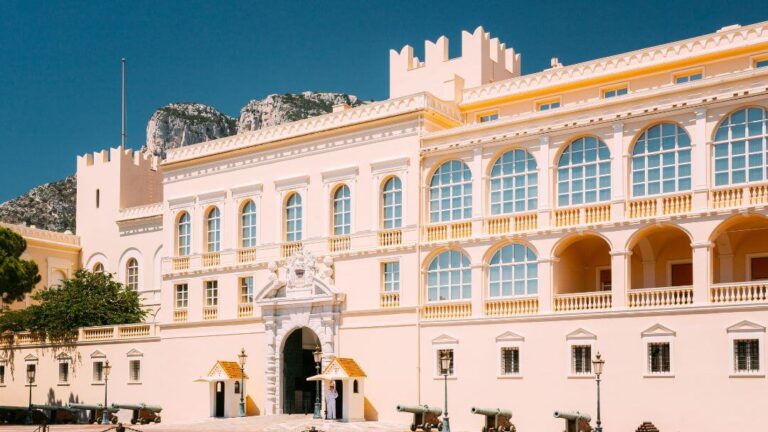
The Palais Princier is not only the sovereign’s official residence, it has fulfilled a dual function since the 13th century: sovereign residence and ceremonial venue. Adapted to contemporary requirements, this historic building now hosts official receptions, diplomatic meetings… as well as being a tourist attraction, as we have seen.
Its security system is an interesting blend of heritage and modernity. While the walls preserve the memory of the ancient fortifications, discreet technologies now protect the Prince and his guests.
Political life at the heart of the Principality
Three main bodies are involved in the legislative process in Monaco:
- The Prince has the final say on laws: he approves and promulgates them, which means that no law can exist without his approval.
- Visit Government prepares legislation and submits it to the National Council for a vote. It can also choose to examine or ignore legislative proposals suggested by the National Council.
- The National Council (Parliament) passes laws, but cannot propose them on its own. It can, however, suggest bills, which must be approved by the government before being put to the vote.
💡Did you know? This system is unique in Europe, as the Prince retains a key role in the legislative process. Although Monaco maintains close cooperation with France, the Principality asserts its political autonomy through its sovereign decisions.
Architecture and representation of power
In addition to the Palace, other institutional buildings in a variety of architectural styles structure the Principality’s political and judicial life.
| Institution | Main function | Architectural style | Period of construction |
|---|---|---|---|
| Prince’s Palace | Official residence of the Prince, center of executive power | Medieval, Renaissance, Baroque | Fortress built after 1191, transformed into a princely palace in the 16th century |
| Monaco City Hall | Municipal institution, local government | Neo-classical | 1931 |
| Government | Executive body of the Principality, headed by the Minister of State | Contemporary | 20th century |
| National Council |
Unicameral parliament, voting on laws |
Modern | XXth century |
| Palace of Justice | Seat of Monaco’s judicial system | Neo-medieval | 1930 |
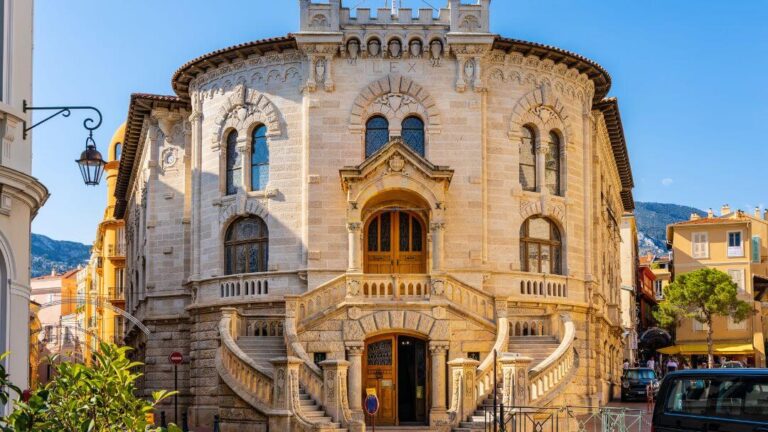
Access and transport: how to get to Le Rocher?
From Nice and Monte-Carlo, there are several transport options to reach this historic district.
Firstly, bus routes n°1 and n°2 serve the Rocher directly, stopping at Place de la Visitation, close to the main attractions.
For those who prefer to drive, access to the Rock is reserved for vehicles registered in Monaco or the Alpes-Maritimes. Vehicles registered outside these areas must park in peripheral parking lots.
The Parking des Pêcheurs, located near the harbor, offers direct pedestrian access to the Rocher in just a few minutes, thanks in particular to a public elevator for easy ascent. Other parking lots, such as Condamine and Quai Antoine Ier, are also available nearby.
Finally, on foot, pedestrian access points such as the Major ramp or the medieval cobbled streets offer magnificent views of the Principality. Although some passages can be steep and less suitable for baby carriages, the Principality has numerous mechanical links (79 elevators, 35 escalators and 8 travelators) to facilitate pedestrian travel.
Tour Azur tips for a successful visit
Our first piece of advice is to always check the opening times of the monuments you wish to visit. As we have seen, for example, the Grand Apartments of the Prince’s Palace are closed in winter, according to periods that change every year.
Our second piece of advice is to respect the local environment. Be discreet with your photos: Monaco-Ville is home to many residents. Similarly, some buildings impose specific rules (silence, appropriate dress). This is quite obvious for the churches and the cathedral, but perhaps less so for the Casino de Monte-Carlo for example, where proper attire is required. You should also be aware that it is strictly forbidden to wear a bathing suit or go bare-chested on the public highway.
Our third tip is to get away from the Rock and discover Monaco’s other wonders, if you get the chance. These include the Automobile Museum is an attractive and inexpensive activity.
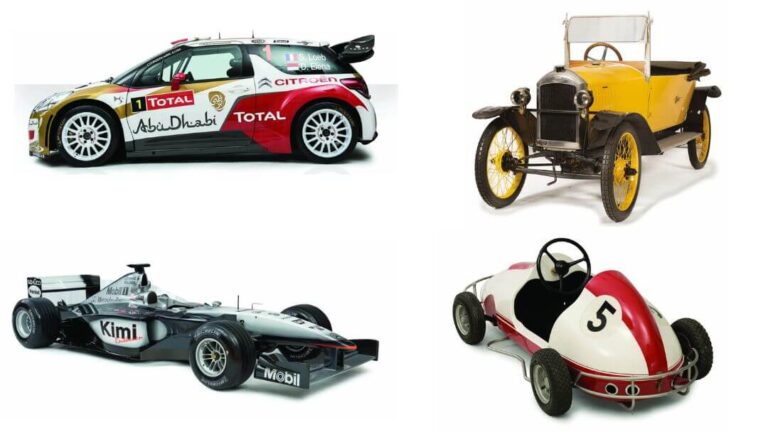
And if you’re wondering when to visit Monaco it’s very simple: all year round!
By following these suggestions, your discovery of Monaco will gain in fluidity and authenticity. This singular territory gracefully blends prestige tourism and preserved heritage. To help you organize your stay, consult our must-haves.
Book your guided tour of Monaco with Tour Azur
Tour Azur offers you many options.
First, we organize private tours. These guided tours are fully customizable. In a vehicle reserved for you (maximum 8 people), our private chauffeur-guide accompanies you to each of the scheduled sites. In addition to commentary during the journey, the driver accompanies you to each site and takes you on a guided tour.
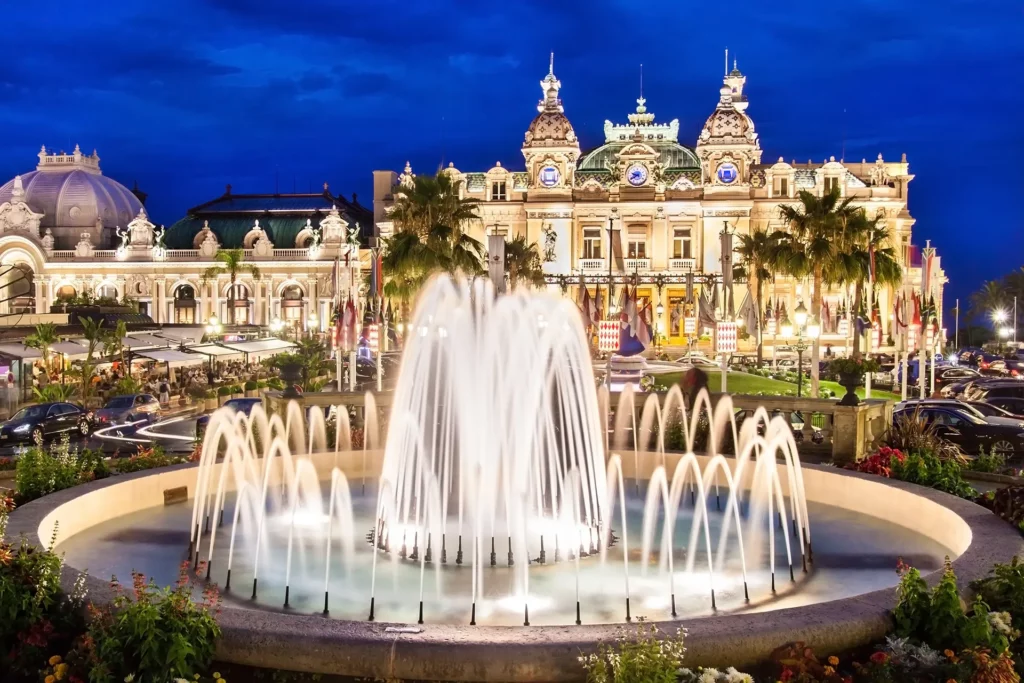
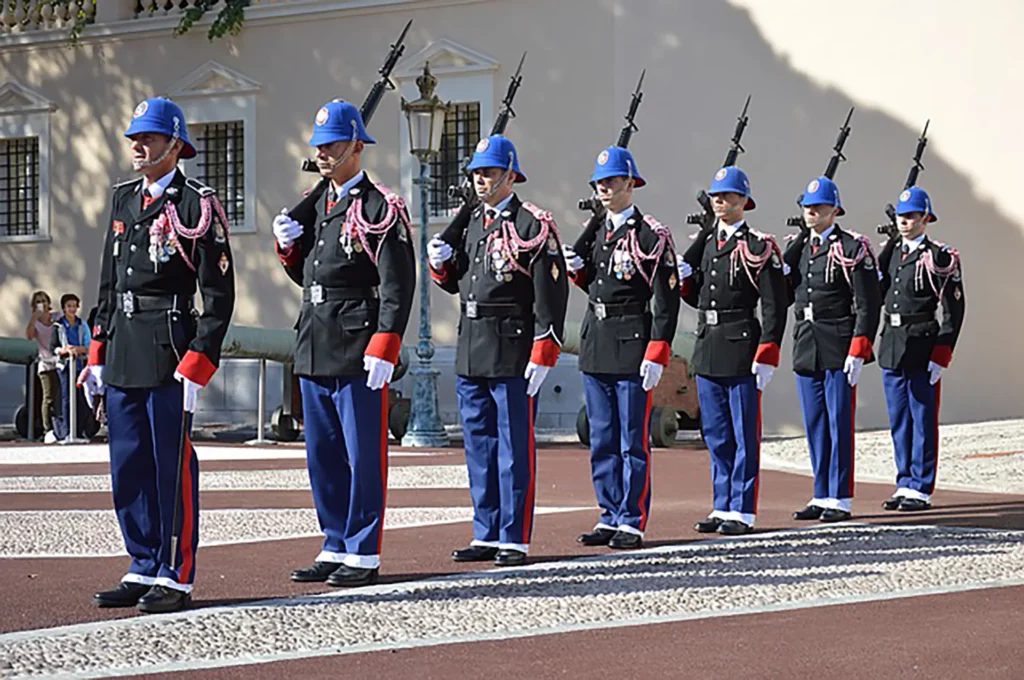
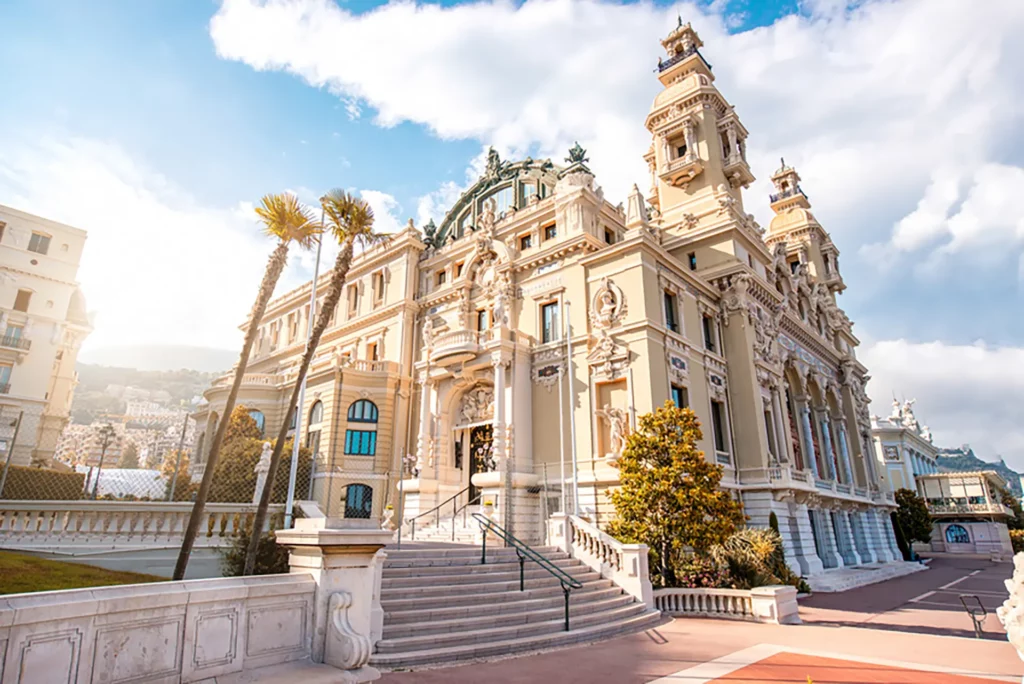
Visit the village of Eze and a perfume factory, admire the Princely Palace, the Monaco Grand Prix track and the legendary Place de Monte-Carlo.
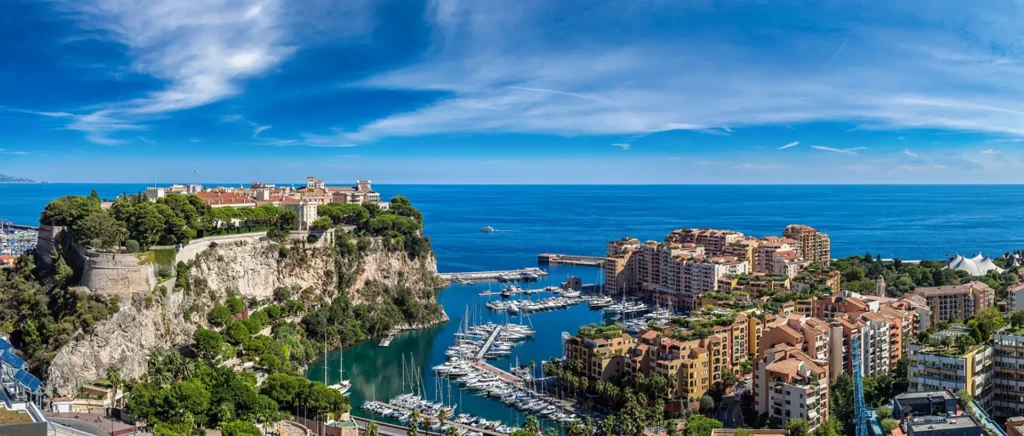
Riviera panorama
Join the village of Èze and then Monaco to discover the old town, palace and cathedral. From the Formula 1 Grand Prix circuit, contemplate Monte-Carlo. Then discover Cannes and Antibes.
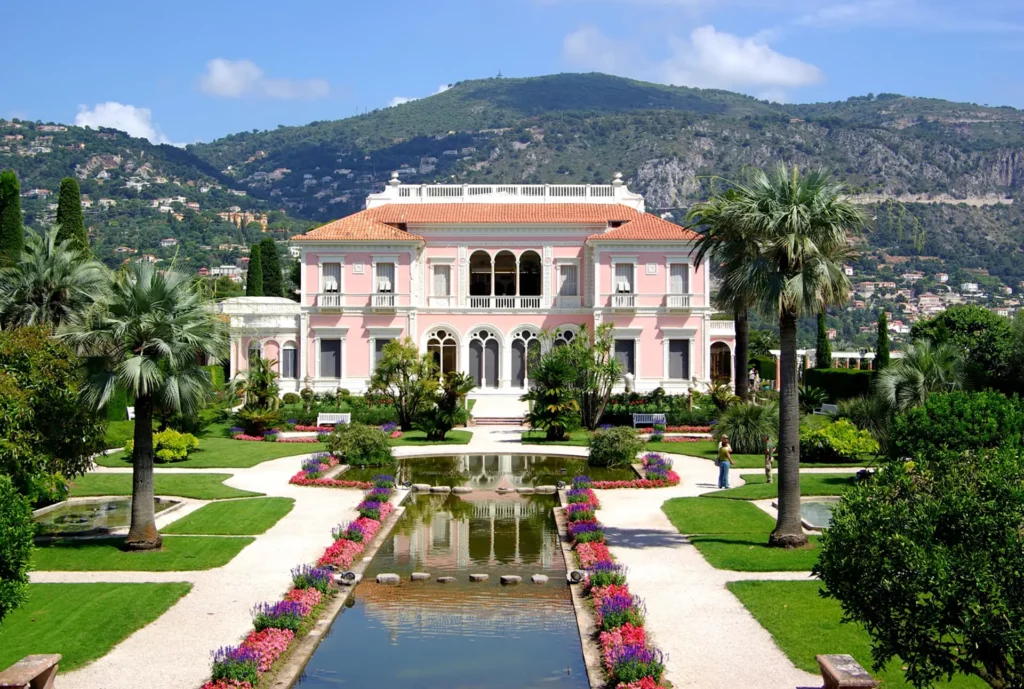
French art of living
Discover the village of Èze and the Principality of Monaco before visiting the Villa de la Baronne de Rothschild and its botanical gardens. Enjoy a gourmet break at the Baronne’s salon.
Tour Azur also offers shared tours. These tours are predefined by us. Other customers share the vehicle with you. A maximum of 8 people in one vehicle. The driver takes you to the various places on your itinerary, without a guided tour on site: commentaries are only given during the car journey.
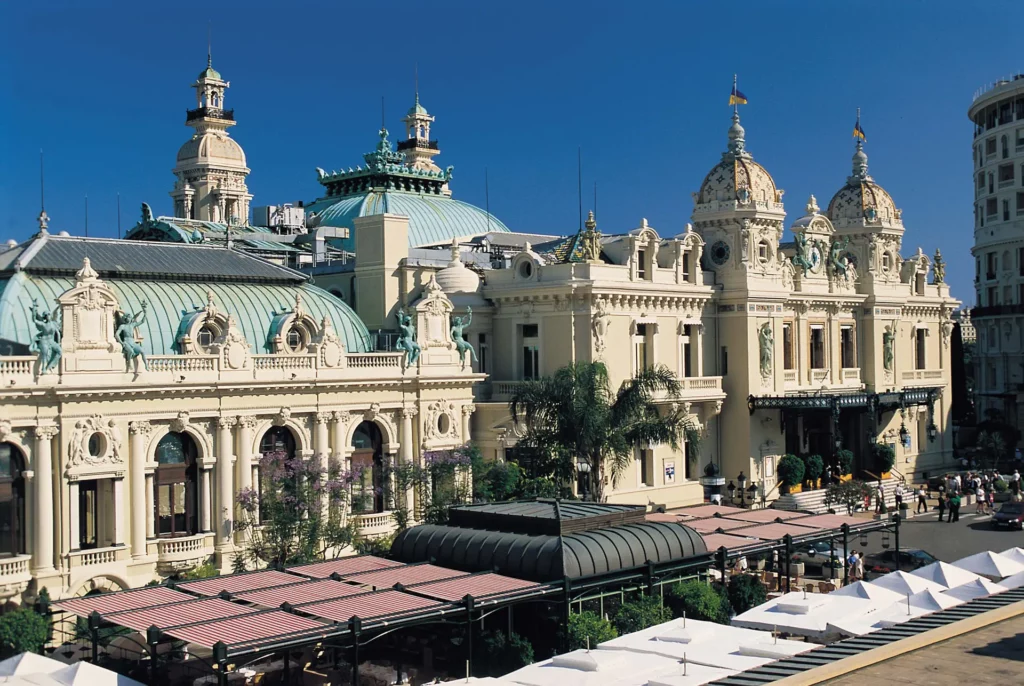
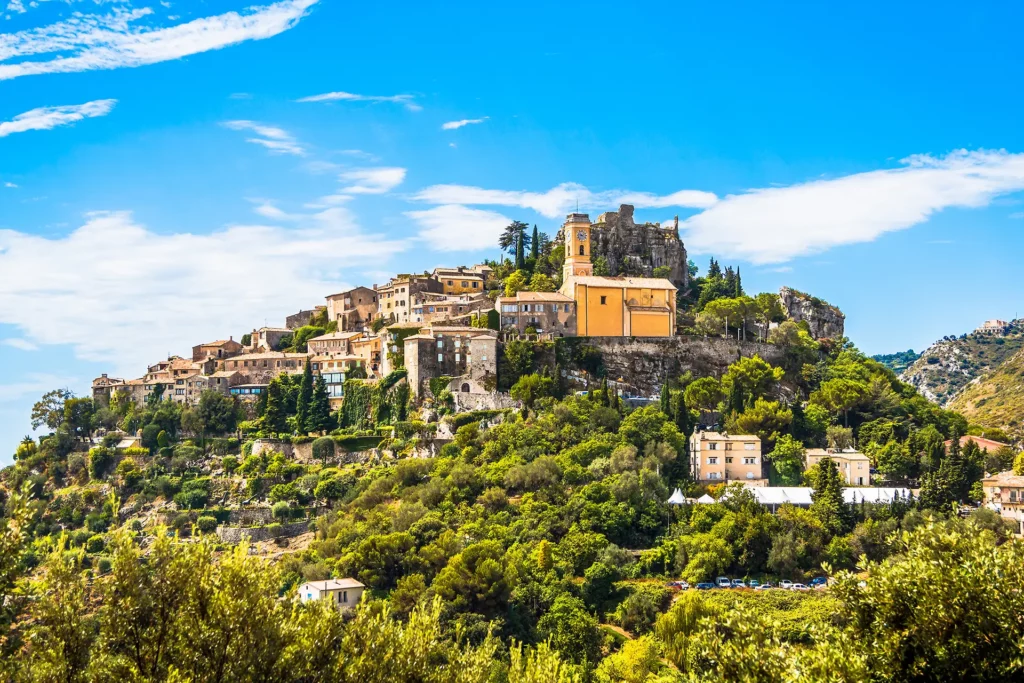
Monaco, Monte-Carlo & Eze from Nice

Riviera panorama
Join the village of Èze, then the Principality of Monaco to discover the old town, its palace and cathedral. From the Formula 1 Grand Prix circuit, drive to Monte-Carlo. Then discover Cannes and Antibes.
Whichever type of tour you choose, you’ll be travelling in a luxury vehicle: Porsche Panamera sedan, Mercedes Luxury Vito Tourer minivan or Mercedes Prestige Class V minivan.
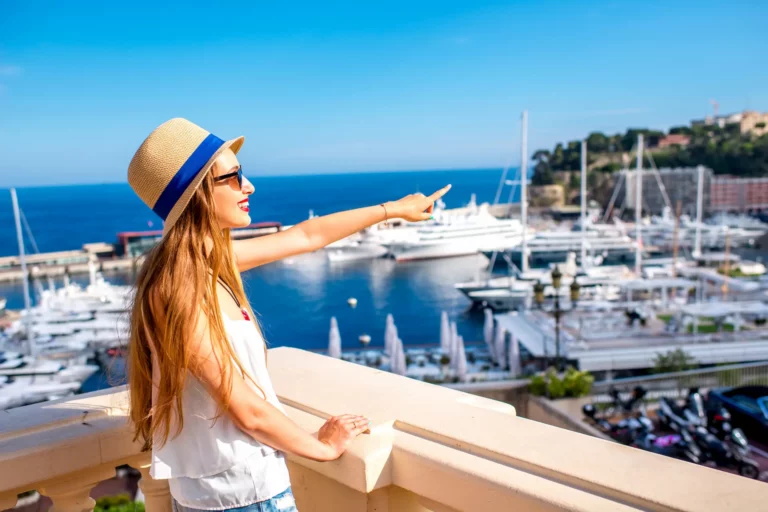
In conclusion, the Monegasque Rock is a must-see. If you’d like to extend your visit to the Côte d’Azur, we also recommend Saint-Tropez, with its port Citadelle and its Gendarmerie and Cinema Museum but also the city of Nice, which can be visited in a one day and on foot even though it’s much bigger than Monaco! If the world of flowers and perfumery appeals to you, don’t miss a visit to Grasse and the Fragonard perfume factory.
